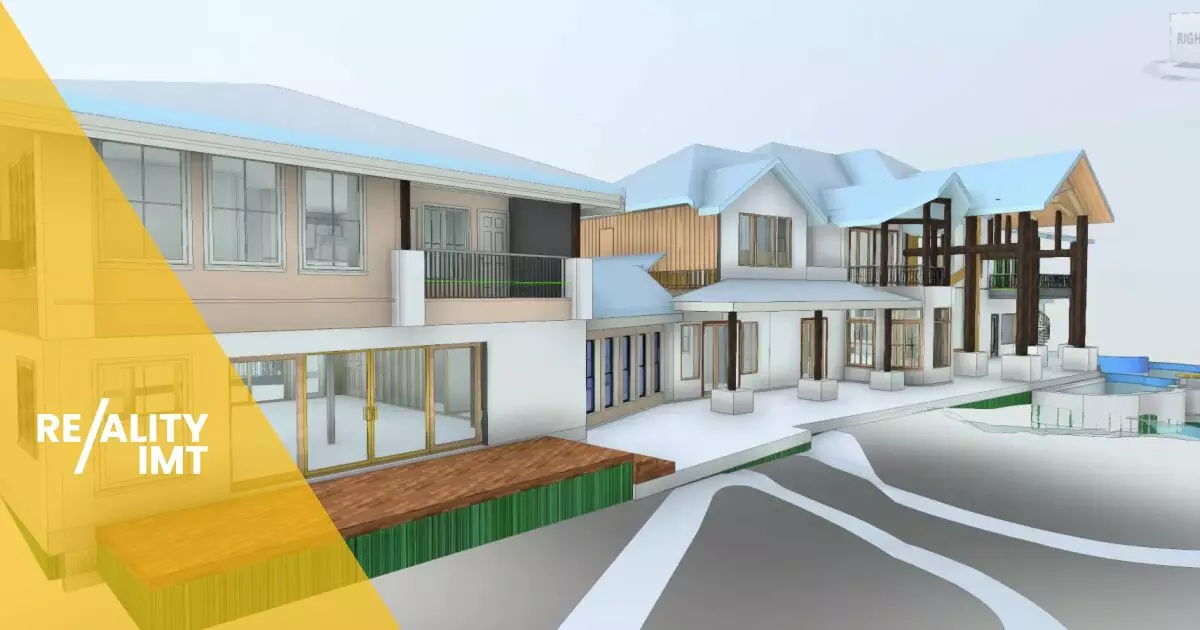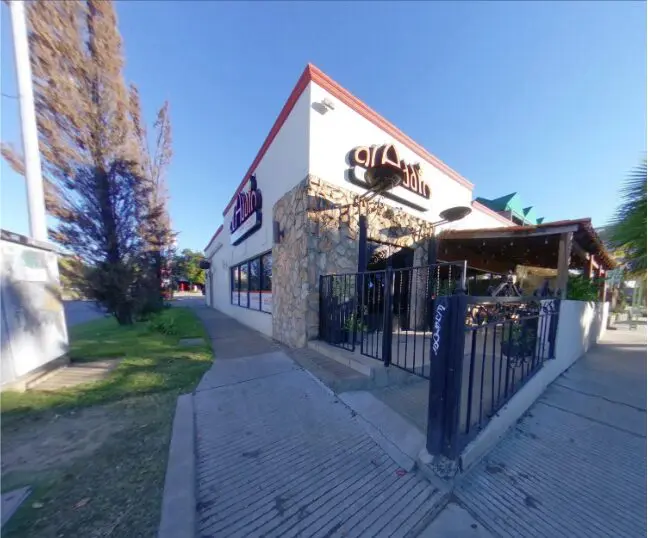The construction industry is in the midst of significant changes. From shortages in the workforce to the rising cost of important commodities and even critical material shortages, the industry is facing a nearly unprecedented rate of evolution. While some of these changes are positive, others are increasingly serious problems that are poised to change the market, especially as prices continue to increase. While this might seem like a serious situation for construction firms, the good news is that there are options to help cut costs and regain money lost to expensive materials from other areas.
One of the biggest tools available to help streamline construction costs is digitization. Integrating construction work with digital tools can lead to more manageable budgets, optimized process management, and improved production quality. Let’s take a closer look at how the construction industry can use digitization both now and in the future.
Internet of Things (IoT) connectivity
As technology continues to disrupt the global economy and impacts society all around the world, the way we do business is rapidly changing. Today’s construction professionals are finding just how helpful embracing the Internet of Things (IoT) can be. There are a number of ways that IoT connectivity, in particular, can help improve nearly every aspect of the construction process, from production to building and everything in between. Here are some of the things you should know.
Advanced tracking hardware
Tracking hardware can drive data visualization and connect it to important operational data centers throughout multiple points of contact. One of the most common methods this technology is being used is via asset tagging. Tool thefts are an unfortunate reality in the construction industry, and as the economy continues to struggle, the rates of theft are only increasing. This is bad news for construction firms and individual workers alike, both of whom stand to lose significant amounts of money over the short and long term.
Asset tagging can track tool movement from tool cribs to prefab warehouses to construction sites and then back to the tool crib. From ID tags to warehouse barcodes, asset tagging hardware can make a big difference in the number and type of tools being stolen. Some tagging tools even allow for GPS and Bluetooth tracking, providing the owners with real-time updates about the location and status of expensive tools and other valuable inventory.
Smart tools
Smart tools are a relatively new addition to construction sites. They record useful utilization data to ensure a.) that the tool is working properly, and b.) users are using the tool optimally. Some smart power tools can even provide application-specific customization options to provide a more precise fastening and, in turn, assuring both repeatability and specification on current and future jobs. Machine learning can also be employed to help protect workers from potentially dangerous situations like kickbacks.
Smart building technology
It is not just tools and other hardware that can benefit from IoT connectivity. On the contrary, buildings of all sizes can use similar advanced technology to serve a number of purposes, all of which are designed to improve ease-of-use and lower costs. Automating maintenance status reports, for example, can help ensure that systems don’t break down from lack of care. This is especially helpful for plumbing and HVAC systems where smart monitoring can actually significantly increase efficiency and sustainability.
Are you interested in learning more about the ways that internet-connected tools can offer construction professionals enough digitization benefits to improve their productivity and profitability? We offer some of the best tools on the market. Don’t hesitate to take a look at our inventory and services and reach out with any questions.




